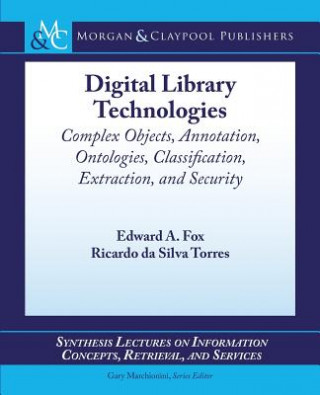
Kod: 06516982
Digital Library Technologies
Autor Ricardo Da Silva Torres
Digital libraries (DLs) have introduced new technologies, as well as leveraging, enhancing, and integrating related technologies, since the early 1990s. These efforts have been enriched through a formal approach, e.g., the 5S (Soc ... więcej
- Język:
 Angielski
Angielski - Oprawa: Miękka
- Liczba stron: 205
Wydawca: Morgan & Claypool Publishers, 2014
- Więcej informacji o książce

Powiadomienie o dostępności
Wpisz swój adres e-mail, aby otrzymać od nas powiadomienie,
gdy książka będzie dostępna. Proste, prawda?
Więcej informacji o Digital Library Technologies
 Opis
Opis
Digital libraries (DLs) have introduced new technologies, as well as leveraging, enhancing, and integrating related technologies, since the early 1990s. These efforts have been enriched through a formal approach, e.g., the 5S (Societies, Scenarios, Spaces, Structures, Streams) framework, which is discussed in two earlier volumes in this series. This volume should help advance work not only in DLs, but also in the WWW and other information systems. Drawing upon four (Kozievitch, Murthy, Park, Yang) completed and three (Elsherbiny, Farag, Srinivasan) in-process dissertations, as well as the efforts of collaborating researchers and scores of related publications, presentations, tutorials, and reports, this book should advance the DL field with regard to at least six key technologies. By integrating surveys of the state-of-the-art, new research, connections with formalization, case studies, and exercises/projects, this book can serve as a computing or information science textbook. It can support studies in cyber-security, document management, hypertext/hypermedia, IR, knowledge management, LIS, multimedia, and machine learning. Chapter 1, with a case study on fingerprint collections, focuses on complex (composite, compound) objects, connecting DL and related work on buckets, DCC, and OAI-ORE. Chapter 2, discussing annotations, as in hypertext/hypermedia, emphasizes parts of documents, including images as well as text, managing superimposed information. The SuperIDR system, and prototype efforts with Flickr, should motivate further development and standardization related to annotation, which would benefit all DL and WWW users. Chapter 3, on ontologies, explains how they help with browsing, query expansion, focused crawling, and classification. This chapter connects DLs with the Semantic Web, and uses CTRnet as an example. Chapter 4, on (hierarchical) classification, leverages LIS theory, as well as machine learning, and is important for DLs as well as the WWW. Chapter 5, on extraction from text, covers document segmentation, as well as how to construct a database from heterogeneous collections of references (from ETDs); i.e., converting strings to canonical forms. Chapter 6 surveys the security approaches used in information systems, and explains how those approaches can apply to digital libraries which are not fully open. Given this rich content, those interested in DLs will be able to find solutions to key problems, using the right technologies and methods. We hope this book will help show how formal approaches can enhance the development of suitable technologies and how they can be better integrated with DLs and other information systems.
 Szczegóły książki
Szczegóły książki
Kategoria Książki po angielsku Computing & information technology Databases Information retrieval
- Pełny tytuł: Digital Library Technologies
- Autor: Ricardo Da Silva Torres
- Język:
 Angielski
Angielski - Oprawa: Miękka
- Liczba stron: 205
- EAN: 9781627050302
- ISBN: 9781627050302
- ID: 06516982
- Wydawca: Morgan & Claypool Publishers
- Waga: 402 g
- Wymiary: 235 × 187 × 11 mm
- Data wydania: 01. March 2014
Ulubione w innej kategorii
-

Google Hacking for Penetration Testers
254.32 zł -10 % -

Mastering Elasticsearch -
290.87 zł -

Introduction to Information Retrieval
299.73 zł -
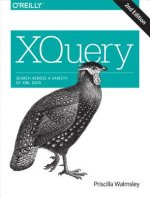
XQuery 2e
310 zł -
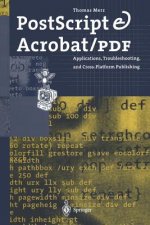
PostScript & Acrobat/PDF, 1
285.64 zł -

Semantic Web: Trends and Challenges
564.34 zł -

Session-Based Recommender Systems Using Deep Learning
1020.04 zł -

Compliance Management in Financial Industries
285.64 zł -

Data Mining and Reverse Engineering
1445.04 zł -

Text Data Management and Analysis
614.78 zł -

Cloud Computing and Security
285.64 zł -

Advances in Computational Intelligence, Security and Internet of Things
285.64 zł -

Critical Approaches to Information Retrieval Research
1139.96 zł -

Beyond Centralised Search Engines- An Agent-Based Filtering Framework
348.87 zł -

Metadata and Semantic Research
412.50 zł -

Social Networking
868.21 zł -

Integrated Business Information Systems
285.64 zł -

IT Security Risk Control Management
285.33 zł -5 % -

Perspectives in Business Informatics Research
285.64 zł -

Lucene in Action
273.65 zł -

Multimedia Storage and Retrieval Innovations for Digital Library Systems
929.33 zł -

Collaboration and the Semantic Web
929.33 zł -

Introduction to Modern Information Retrieval
448.65 zł -

Safe and Secure Cities
285.64 zł -

Information Systems and Qualitative Research, 1
1121.43 zł -

Multi-dimensional Optical Storage
564.34 zł -
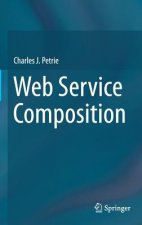
Web Service Composition
285.64 zł -
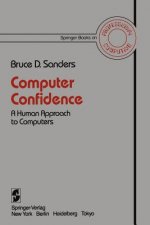
Computer Confidence
564.34 zł -
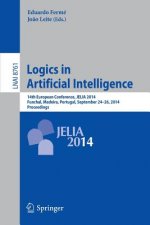
Logics in Artificial Intelligence
285.64 zł -

Luciano Floridi's Philosophy of Technology
564.34 zł -
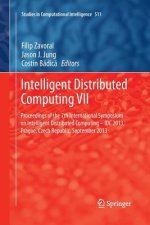
Intelligent Distributed Computing VII
1121.43 zł -

Ambient Intelligence
285.64 zł -
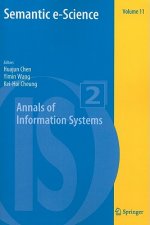
Semantic e-Science
564.34 zł -

Anonymization of Electronic Medical Records to Support Clinical Analysis
285.64 zł -
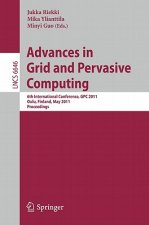
Advances in Grid and Pervasive Computing
285.64 zł -
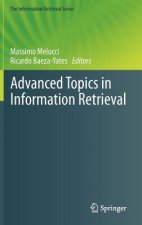
Advanced Topics in Information Retrieval
564.34 zł -

Managing the Dynamics of Networks and Services
296.61 zł -
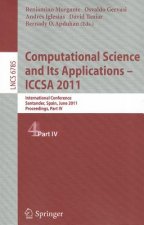
Computational Science and Its Applications - ICCSA 2011
564.34 zł -
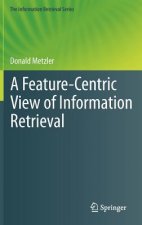
Feature-Centric View of Information Retrieval
285.64 zł -
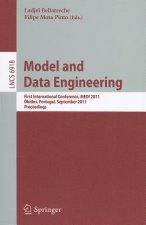
Model and Data Engineering
361.66 zł -
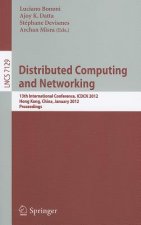
Distributed Computing and Networking
296.61 zł -

Transactions on Large-Scale Data- and Knowledge-Centered Systems V
285.64 zł -
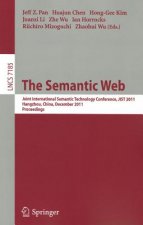
The Semantic Web
285.64 zł -

Bioinformatics Research and Applications
285.64 zł -
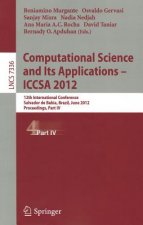
Computational Science and Its Applications -- ICCSA 2012. Pt.4
285.64 zł -
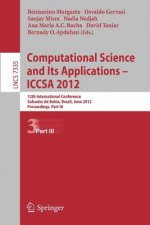
Computational Science and Its Applications -- ICCSA 2012
285.64 zł -
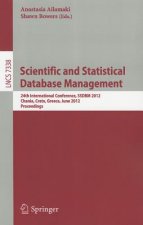
Scientific and Statistical Database Management
285.64 zł -
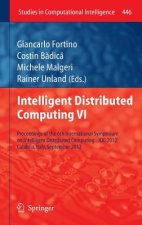
Intelligent Distributed Computing VI
868.21 zł -
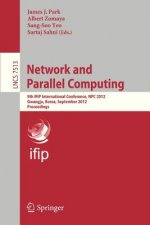
Network and Parallel Computing
564.34 zł
zadowolonych klientów
Od roku 2008 obsłużyliśmy wielu miłośników książek, ale dla nas każdy był tym wyjątkowym.
Copyright! ©2008-24 libristo.pl Wszelkie prawa zastrzeżonePrywatnieCookies



 21 milionów książek
21 milionów książek Dostawa 10.99 zł
Dostawa 10.99 zł (32) 444 93 66 (8-15.30h)
(32) 444 93 66 (8-15.30h)